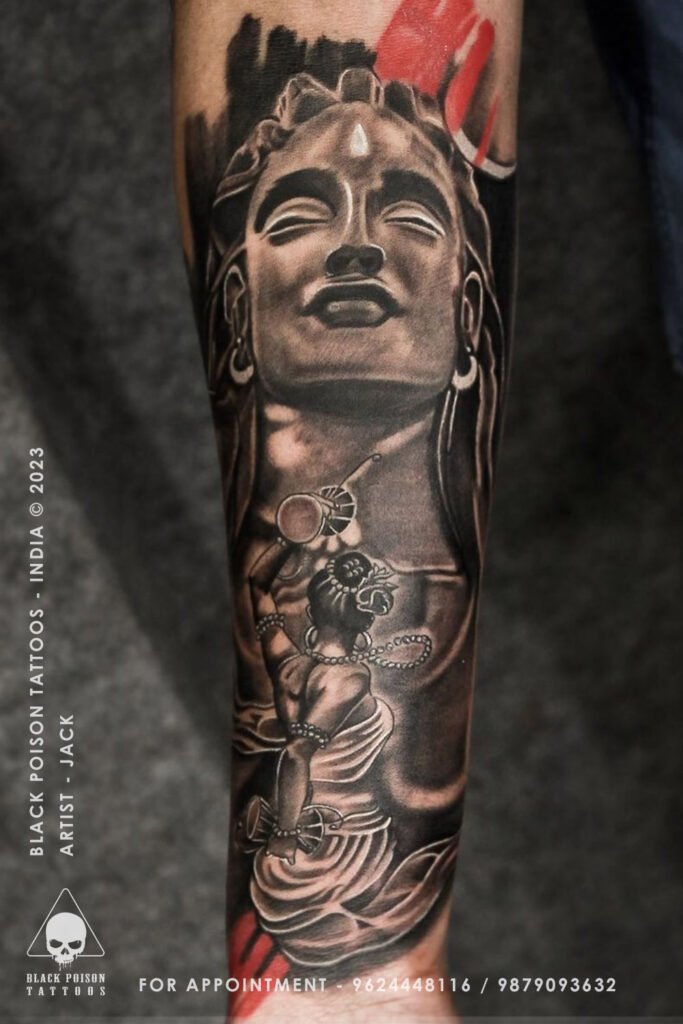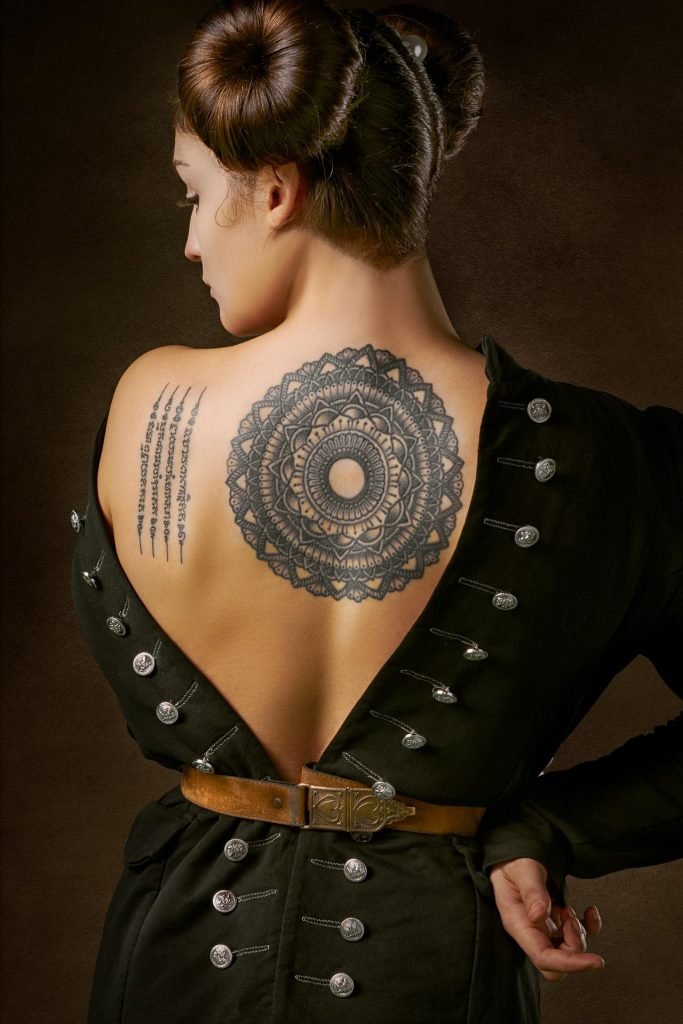Discover the profound connection between a female devotee of Lord Shiva and the sacred damru. Explore the spiritual and symbolic significance of this divine union.
Table of Contents
| Sr | Headings |
|---|---|
| 1 | Introduction |
| 2 | The Symbolism of Lord Shiva and Damru |
| 3 | Embracing the Feminine Divine |
| 4 | The Spiritual Dance of Creation and Destruction |
| 5 | The Rhythmic Melody of Cosmic Energy |
| 6 | Nurturing Balance in Life’s Tumultuous Seas |
| 7 | Channeling Energy Through Devotion |
| 8 | The Meditative Power of Damru’s Sound |
| 9 | Uniting with the Universe |
| 10 | Conclusion |
1. Introduction
Have you ever gazed upon the image of a female devotee of Lord Shiva, holding the sacred damru in her hand? It’s a sight that not only captures the eye but also stirs the soul. In this article, we delve into the enchanting world of spirituality, symbolism, and devotion, as we explore the profound connection between a female devotee of Lord Shiva and the rhythmic beat of the damru.
2. The Symbolism of Lord Shiva and Damru
Imagine the divine dance of Lord Shiva, the cosmic dancer whose every move echoes creation and destruction. The damru, a small hourglass-shaped drum, is an extension of his rhythm. With every beat, it signifies the pulse of existence—the beginning and end of life’s cycles. In the hands of a female devotee, the damru takes on new meaning. It embodies the duality of life—gentleness and strength, creation and destruction—much like a woman’s multifaceted nature.
3. Embracing the Feminine Divine
The depiction of a female devotee with a damru is a testament to the inclusive nature of spirituality. It acknowledges the profound presence of the feminine divine—the cosmic energy that nurtures and sustains all life. In a world often dominated by masculine symbolism, this imagery reminds us of the balance and harmony that exist within the universe, represented by both genders.
4. The Spiritual Dance of Creation and Destruction
Just as Lord Shiva’s dance symbolizes the eternal rhythm of creation and destruction, the damru’s sound represents the primordial vibration that birthed the cosmos. As a female devotee holds the damru, she partakes in this cosmic dance. With each rhythmic shake, she aligns herself with the forces that shape existence, embracing change as an integral part of life’s journey.
5. The Rhythmic Melody of Cosmic Energy
Close your eyes and imagine the sound of the damru. It’s not just a musical rhythm; it’s the sound of the universe itself. The beats echo through time, connecting us to the past, present, and future. When a female devotee holds the damru, she becomes a vessel for this cosmic melody, a conduit through which the energy of the universe flows.
6. Nurturing Balance in Life’s Tumultuous Seas
Life is a journey of highs and lows, storms and calms. The damru’s dual-sided nature—the balance of creation and destruction—mirrors life’s challenges and triumphs. In the hands of a female devotee, the damru becomes a source of strength, reminding her to find equilibrium amidst chaos and to embrace every phase of life with grace.
7. Channeling Energy Through Devotion
Devotion is a potent force. When a female devotee holds the damru, her devotion channels divine energy. The drum’s beat becomes an expression of her love and reverence for Lord Shiva, magnifying the connection between the devotee and the divine. This shared heartbeat transcends words, creating a profound communion.
8. The Meditative Power of Damru’s Sound
The damru’s rhythm has a mesmerizing quality that can induce a meditative state. As a female devotee holds the damru, its sound reverberates within her, leading her into a tranquil realm of introspection. The gentle resonance of the drum merges with her heartbeat, allowing her to explore the depths of her consciousness.
9. Uniting with the Universe
In the hands of a female devotee, the damru becomes a bridge between the individual and the cosmos. It symbolizes the interconnectedness of all beings and the unity of creation. As she holds the damru, she aligns herself with the divine dance of existence, embracing her role in the grand tapestry of life.
10. Conclusion
The image of a female devotee holding a damru is a poignant reminder of the intricate relationship between spirituality, gender, and the universe. It encapsulates the essence of balance, devotion, and cosmic unity. Just as the damru’s sound resonates far and wide, so does the profound message it carries—the interconnectedness of all life forms, the rhythm of existence, and the enduring dance of creation and destruction.
FAQs
What is the significance of the damru in Hindu mythology?
The damru, a small drum, is a symbol of the cosmic rhythm of creation and destruction in Hindu mythology. It represents Lord Shiva’s control over the cycles of life and the universe.
Why is the damru often associated with Lord Shiva?
The damru’s rhythmic sound is believed to be the primordial sound that created the universe. Lord Shiva, as the cosmic dancer, uses the damru to accompany his dance of creation and destruction.
What does the image of a female devotee with a damru signify?
The image symbolizes the balance of feminine and masculine energies in spirituality. It highlights the nurturing and sustaining aspects of the feminine divine, fostering harmony and unity.
How does holding the damru enhance meditation?
he damru’s rhythmic sound has a meditative quality. Holding the damru while meditating allows individuals to synchronize their breath and consciousness with the cosmic rhythm, promoting inner peace and introspection.
Can males also hold the damru as devotees of Lord Shiva?
Absolutely. The symbolism of the damru is not limited by gender. Both males and females can hold the damru to connect with Lord Shiva’s cosmic dance and embrace the duality of existence.
In conclusion, the image of a female devotee with a damru in hand captures the essence of spirituality, balance, and unity. It’s a reminder that every individual, regardless of gender, has a role to play in the cosmic dance of creation and destruction. As the damru’s sound echoes through time, may we all find our rhythm.




